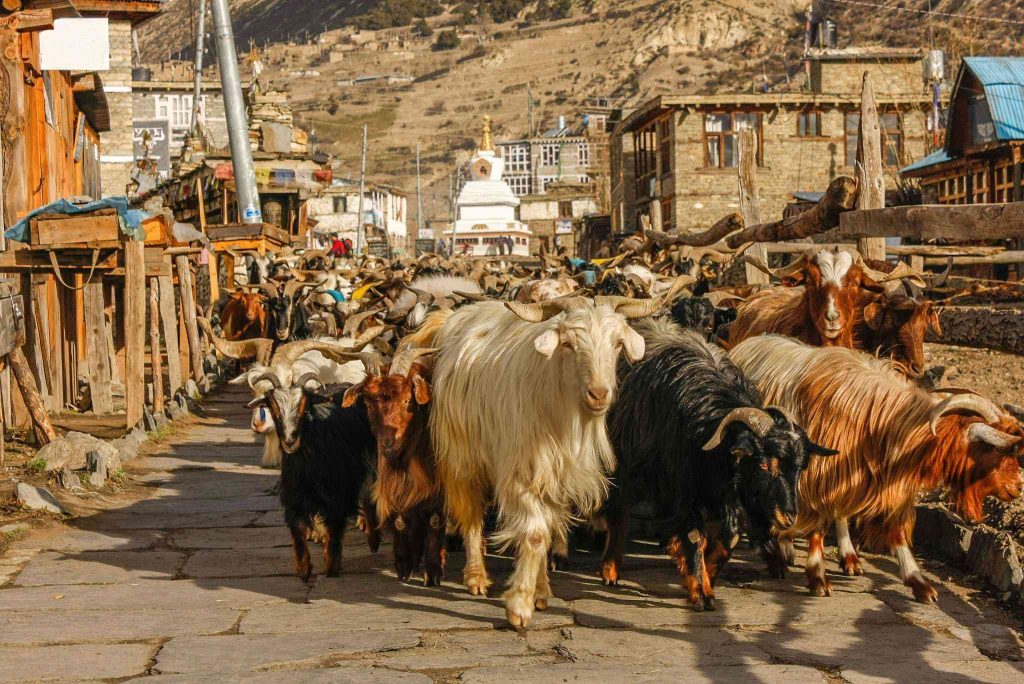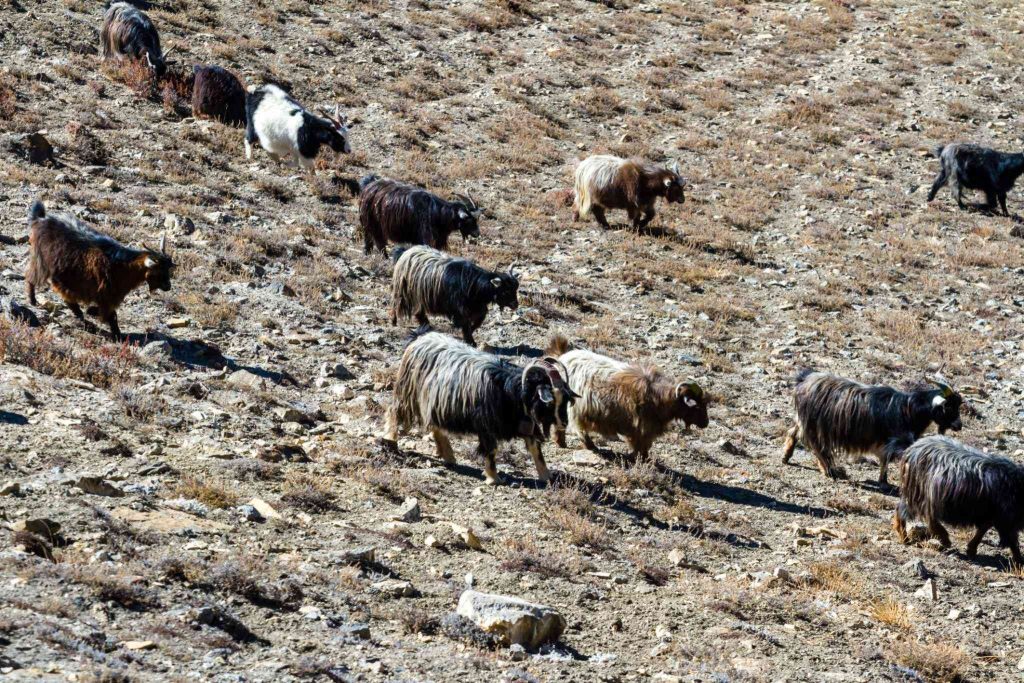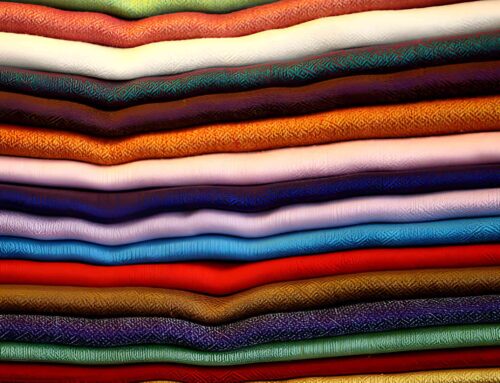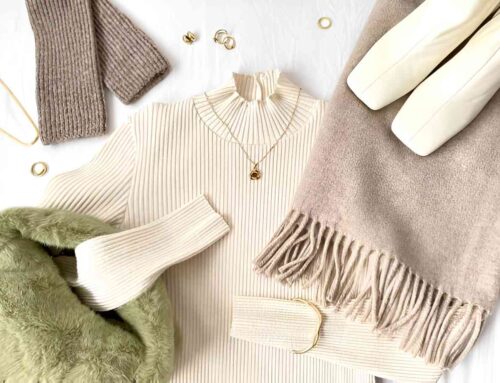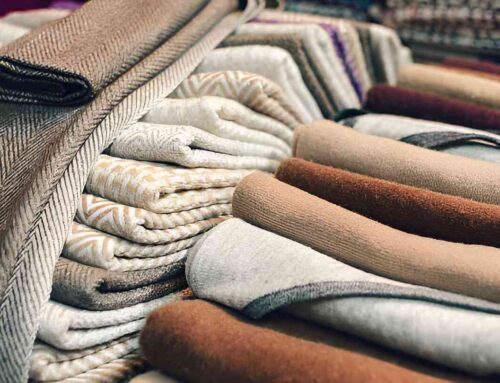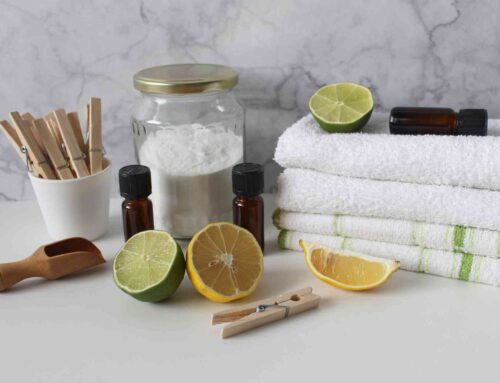Authentic Pashmina: How to Identify Genuine Products from Nepal
When it comes to purchasing a Pashmina product, it’s essential to ensure its how authentic Pashmina is. With the popularity of Pashmina, there are countless imitations in the market. To help you make an informed decision and cherish the true beauty of this luxurious fabric, this blog post will guide you on how to identify genuine Pashmina products from Nepal. From understanding the origins of Pashmina to examining the craftsmanship, we will explore key factors to consider when choosing authentic Pashmina.
| Main Steps to Identify |
|---|
| 1. Pashmina’s Origins: Himalayan Goats and Their Precious Fiber |
| 2. Understanding the Pashmina Craftsmanship |
| 3. The Touch Test: Assessing Softness and Warmth |
| 4. Inspecting the Weave: Look for Precision and Fineness |
| 5. Checking the Edges and Fringes: Quality Indicators |
| 6. Verifying the Source: Trustworthy Suppliers and Certifications |
Comprehensive Guide
1. Pashmina’s Origins: Himalayan Goats and Their Precious Fiber
The journey of authentic Pashmina begins high in the Himalayan mountains, where the majestic Changthangi goats, also known as the Pashmina goats, thrive in the extreme cold. These hardy animals develop a soft, downy undercoat to protect themselves from the harsh winter temperatures. As spring approaches and the temperatures rise, the goats naturally shed this delicate undercoat, which is the source of the precious Pashmina fiber.
2. Understanding the Pashmina Craftsmanship
Genuine Pashmina products from Nepal are a result of skilled craftsmanship passed down through generations. Artisans use traditional techniques to spin, weave, and dye the fiber, creating beautiful shawls, scarves, and other Pashmina items. Understanding the craftsmanship involved helps in distinguishing authentic products from imitations.
3. The Touch Test: Assessing Softness and Warmth
One of the distinctive characteristics of authentic Pashmina is its unmatched softness and warmth. When examining a Pashmina product, run your fingers through the fabric and feel its texture. Genuine Pashmina will have a luxurious and velvety feel, providing a comforting warmth to the touch.
4. Inspecting the Weave: Look for Precision and Fineness
Another important aspect to consider is the weave of the Pashmina product. Genuine Pashmina is meticulously woven, exhibiting precision and fineness in the patterns and designs. The weave should be tight and even, showcasing the expertise of the artisans. Inferior imitations may have looser weaves or inconsistencies in the pattern.
5. Checking the Edges and Fringes: Quality Indicators
Pay attention to the edges and fringes of the Pashmina product. Genuine Pashmina will have neatly finished edges and fringes, exhibiting careful attention to detail. The fringes should be securely attached, without any loose threads or unraveling. Poorly finished edges and fringes can be indicative of substandard craftsmanship.
6. Verifying the Source: Trustworthy Suppliers and Certifications
When purchasing Pashmina, it is important to verify the source and ensure you are dealing with a reputable supplier. Look for sellers who specialize in authentic Pashmina products from Nepal. Additionally, certifications such as the “Pashmina Mark” issued by the Government of Nepal can provide further assurance of authenticity.
Conclusion
Certainly! Here’s an expanded version of the paragraph: Choosing authentic Pashmina from Nepal offers a profound opportunity to immerse yourself in the exquisite beauty and unparalleled craftsmanship of this luxurious fabric. Delve into the journey of Pashmina, considering its origins steeped in Nepalese tradition, meticulous craftsmanship honed over generations, and the unparalleled softness that defines its quality. Pay attention to details such as the intricate weave, delicately finished edges, and thorough source verification processes, ensuring every purchase is a testament to authenticity. Embrace not just the elegance and warmth that genuine Pashmina provides but also the pride in supporting Nepal’s rich cultural heritage and the livelihoods of its skilled artisans.
